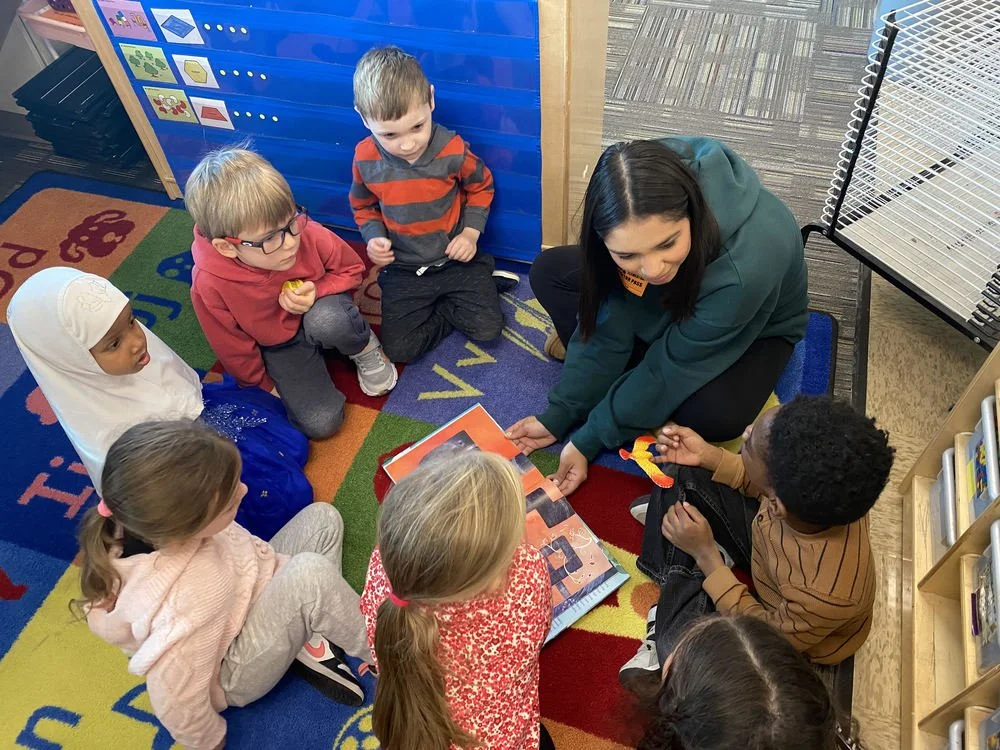
The Plan
Stabilize the Budget and Protect Student Success
At MAPS, we’re building foundations for students to thrive. Recent strides in attendance, early literacy, and real-world learning opportunities are powerful testaments to the success of our programs. But without voter-approved funding to fill our financial gap, our schools face deeper cuts in the years ahead.
On November 4, Moorhead Area Public Schools is presenting district voters with a two-question referendum:
-
Question One
Asks voters to consider an operating levy that would generate $4.37 million each year ($575 per pupil) for 10 years.
An operating levy helps fund a school district’s operating budget, which pays for day-to-day school functions. This includes teacher and staff salaries, supplies, program costs, utilities, and routine maintenance.
-
Question Two
Proposes a capital projects levy that would generate $1.5 million per year for 10 years.
A capital projects levy helps fund a school district’s capital, technology, and transportation needs, keeping the general fund focused on students and learning.
Together, both levies would provide a total of $5.87 million annually to stabilize the district’s budget and protect education in our district for years to come.
If the November 4 levy does not pass, the district will be required to cut approximately $5 million from next year’s budget. Because reductions must be made in proportion to the size of each area of the budget, the largest cuts will fall on instruction and student support, which together make up more than two-thirds of district spending.
School Expenditures Based on Audit
Reductions Framework for $5 Million in Potential Cuts
Instruction (Regular & Special Education): An estimated $3.45 million would be reduced from this category, which makes up over 65% of the budget. It includes certified and non-certified staff (K–12 regular, special education, career and technical education, paraprofessionals, and substitutes). Reductions may result in larger class sizes, fewer electives, reduced special education support, and fewer career and technical opportunities.
Administration: About $375,000 (7%) would be reduced. This area covers expenses such as the school board, district office staff, principals, assistant principals and administrative assistants.
Instructional Support: About $348,000 (6.6%) would be reduced. It includes expenses such as technology support, staff development, and hall monitors/security.
Pupil Support: About $232,000 (4%) would be reduced. It includes media, nurses, counselors and services that support students’ academic, social and health needs.
Operations: This category is approximately 16% of the budget and covers building and grounds, custodians and all costs associated with student transportation with an estimated reduction of $839,000.
In total, this level of reduction is equal to about 44 positions districtwide and would directly affect every school and every student.
Check out our informational video to learn more about the November 4 referendum!
Why Two Questions?
By funding different needs, the two levies create a balanced, comprehensive strategy to stabilize our budget and address complex challenges.
State law requires the two levies to be voted on separately because they impact different types of property taxes. Operating levies apply to residential and commercial/industrial property. Capital projects levies apply to a wider range of property types.
If the Referendum Fails:
$5 million in cuts next year
Fewer teachers, larger class sizes, and reduced student programs
Deeper cuts to academics, arts, and electives
Budget instability that threatens innovation and progress
If the Referendum Passes:
Protect staffing levels, class sizes and student support
Maintain quality academic and extracurricular programs
Sustain critical services and future-ready learning
Restore financial stability and invest in student success
What happens if only one ballot question passes?
The two ballot questions are legally separate. If one question passes and the other fails, funds from the approved levy cannot be shifted to cover the needs of the failed levy. Each levy can only be used for its specific, voter-approved purpose. That means if one fails, the district would still need to move forward with budget reductions. Passing just one levy would provide some support for our schools, but would also leave financial gaps. Together, the two levies provide a balanced and comprehensive plan to stabilize our budget and protect education.




